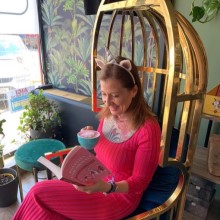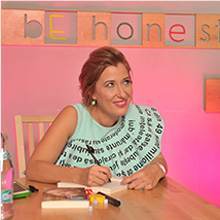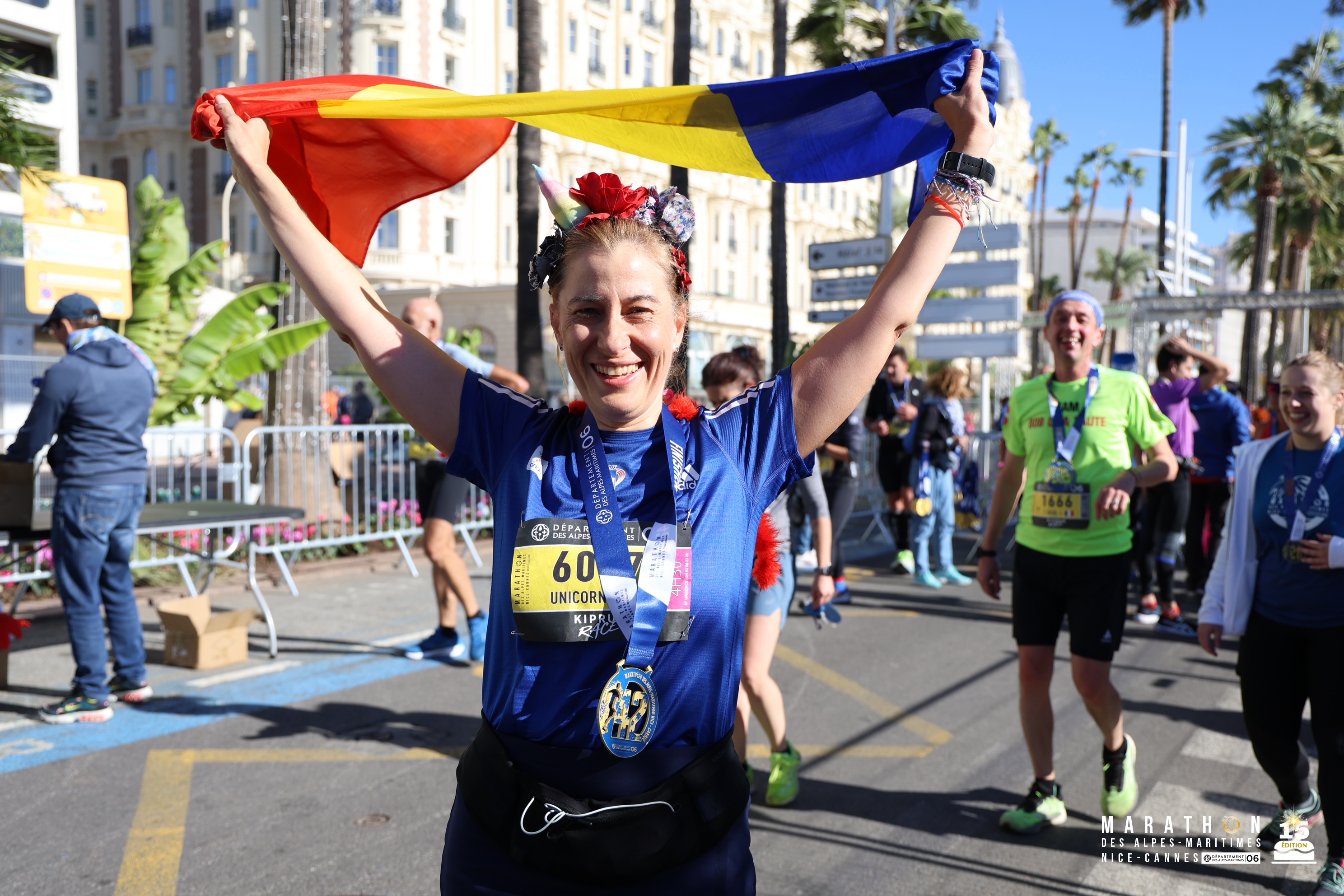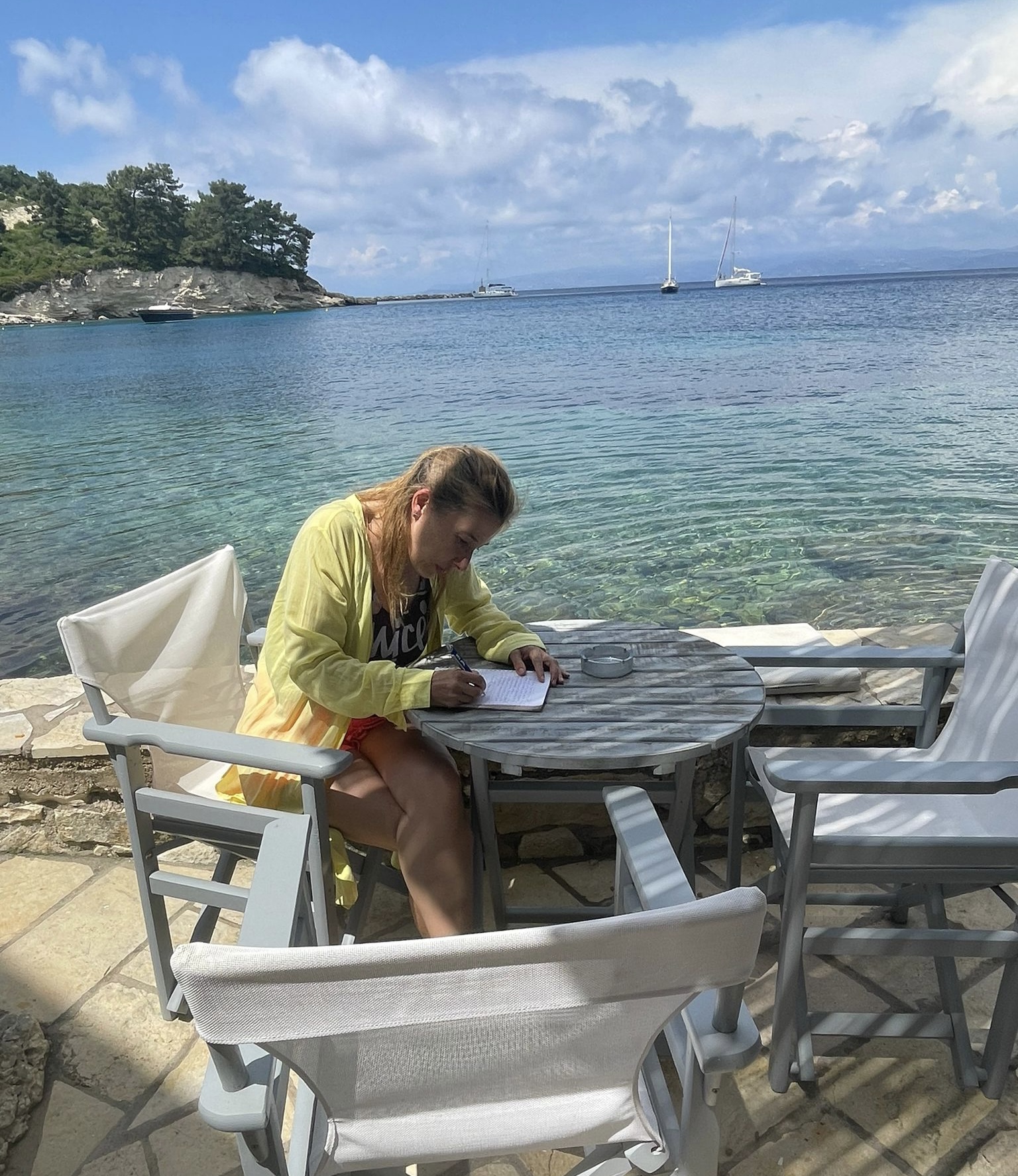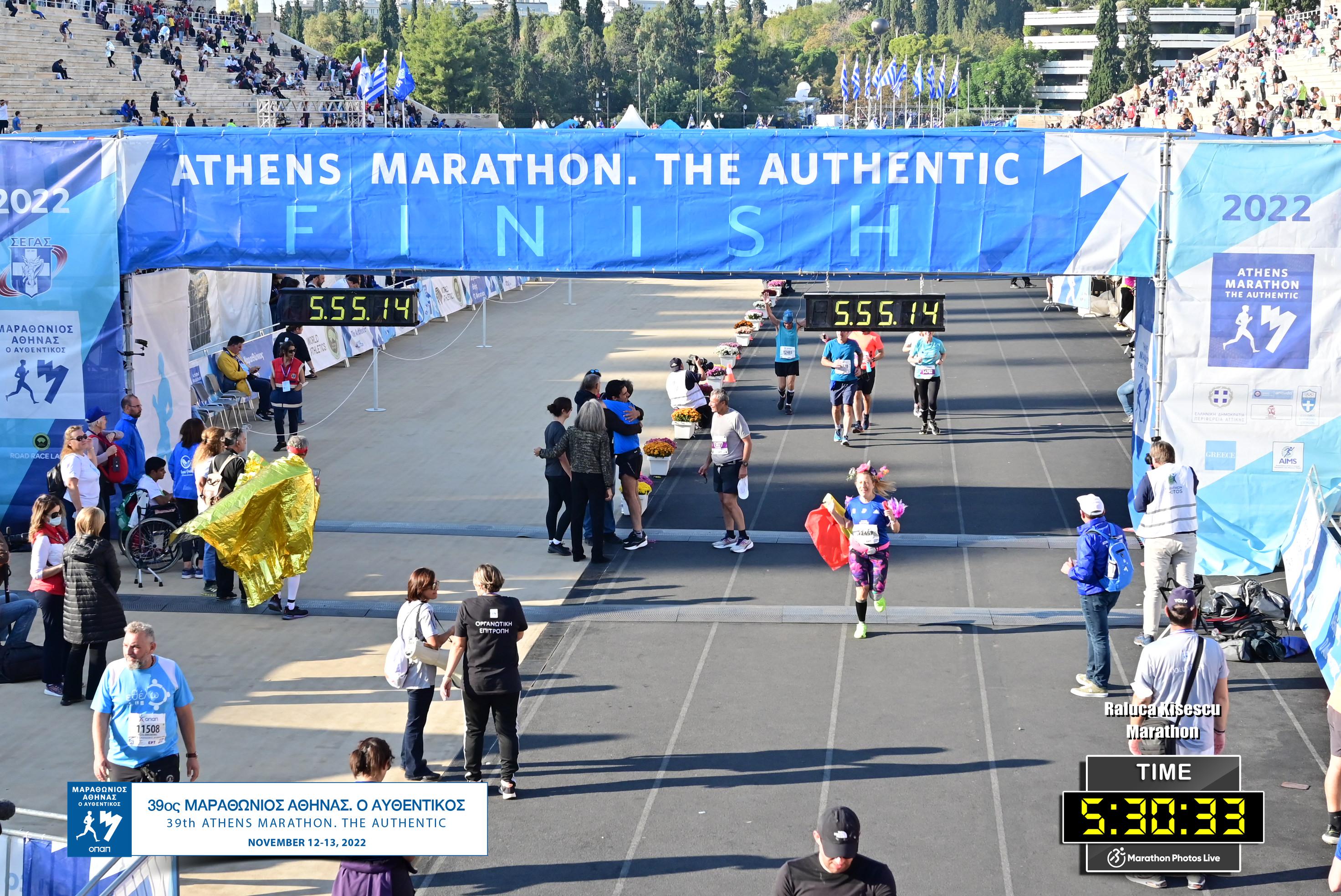Quality of life: 5 cities to live better


We eat healthier food, demand better relationships, raise more aware kids, but do we live better? Is the city we are currently living in on the top list?
In Monocle’s July/August 2017 issue you can find where you can live better, because the magazine has just released their 11th annual QOL (Quality of Life Survey) results, basically the world’s top 25 cities to settle down to.
That might not be a bad idea to take a look at, in case you have doubts or plans for your next place.
The wave of populism has risen in western liberal democracies mocking up on “arrogant elites” (as many populist leaders call the urban inhabitans) and the cities are affected. Still, the percentage of population living in the urban areas will increase by 20 pp in the next 30 years, reaching a 70% globally by 2050.
While the divide between those living in large metropolises and those living in smaller towns or villages appears to be widening, it is absolute evidence that no city can flourish without a constant supply of fresh blood. The cities need the 18-year-old who wants to work in a bar for a year and the young artist who wants to rent a cheap studio and create as well the young families who need to settle, have children, send them to private schools and generally spend money.
It looks like twenty five of the world cities found the balance of growing responsible and beautifully, luring its inhabitants and newcomers to stay kind of forever.
The survey has more than 60 metrics, covering everything from the average response time for an ambulance to the price of a cup of coffee, from the cycle lanes to the number of murders, from the number of design schools to the number of homes and new businesses built in the past year .
What do these 25 cities do better than the others?
Speaking a second language might help, as there is proof of a correlation between high quality of life and a high proficiency in English. English is the official language in 7 out of the 25, while a further 14 score well also on the English Proficiency Index.
The mayors were mentioned in couple of the top cities, from the activist Ada Colau of Barcelona to Manuela Carmena in Madrid, from the three-term Daisaku Kadokawa of Kyoto to the female leader of Hong Kong Carrie Lam. And last, but not least, Michael Haupl who has been the mayor of Vienna for 24 years.
Before being politicians, they are professionals, with a high duty mindset!
There are 14 European cities, 5 Asian (3 out of 5 are from Japan), 4 Australian, 1 from the US (Portland) and 1 from Canada (Vancouver).
I’ll pick my top 5:
1. Tokyo, this year’s winning city
I haven’t been to Tokyo yet, but many of my friends chose it as travel destination this year.
Four things make Tokyo the attractive city it is:
- tradition
- innovation
- diversity
- people
Everyone thinks of others and not just themselves, so no shoes put on a seat and no eating in public transport. The “manners” posters are everywhere.
The food is great, the public transport is perfect, the cultural offerings numerous and the green spots everywhere.
People live their lives in each season rythm, eating ginkgo nuts in the autumn and picknicking under cheery trees in spring.
9.4 million population, 6,062 parks, 3.2% unemployment rate, 148,275 homes built in the past year
2. Vienna, number 2 on the list
I have been couple of times in Vienna and I have unfairly considered it a place for the old, too classical, too quite, too plain. I was wrong, cause Vienna is a veteran on this list and one of the reasons is the infusion of young, smart spirit brought by its 100,000 students.
Vienna has fair housing prices, low public transport costs, crystal clear tap water from the close mountain springs and a special relationship with the time.
While the rest of the world is running fast and doesn’t have time, Viennese enjoy their time, be it at a cafe, on a relaxed business meeting, or on the streets, where they brought back the temporal icon The Normalzeit clock, shaped like a cube and showing hours and minutes on a numberless clock-face.
What is also good about Vienna is the way it has relatively well absorbed the refugee population.
1.8 million population in the city, 3.8 million in the metropolitan area, 76 restaurants opened last year, 1,346 km cycle lanes.
3. Sydney, number 7 on the list
This is one of my son’s favourite places to go and hopefully we will get there soon. The cultural vibrancy, a strong economy, stunning beaches and green space have been attracting newcomers for long. There are 80,000 new residents per year and also a new found sense of connectedness with the Asia-Pacific region through increased air-travel routes and art communities exchange with Beijing.
210,000 population in the city plus 5 million in the metropolitan area, 4.4 unemployment rate, 449 new restaurants opened last year, 11,195 new businesses and 31,000 new homes
4. Hamburg, number 9 on the list
I have only been to Berlin and Munich who scored higher than Hamburg, but I chose Hamburg on purpose because according to the Happiness Atlas, the nation’s most content people live here. It can’t be the weather, so it might be the prosperity of the city to blame.
Europe’s largest inner-city development - HafenCity project is here. The second highest start-up rate in Germany is here. The German’s media capital is also here.
1.8 million population in the city plus 5.1 million in the metropolitan area, 15 murders in 2015, 5 minutes police response time, 17,374 new businesses
5. Lisbon, number 16 on the list
Lisboa, Lisboa, it was love at first sight and it is my number one choice in Europe if I think to move from Romania. It has them all: good weather, close beaches, picturesques historic centre. The influx of young creatives and entrepreneurs together with the right seize of the city (not too small to feel provincial, not too big to complicate logistics) create a multicultural, cosmopolitan feel. Lisbon is an island of tolerance and its population has increased its pride since the last year win of European Championships and this year’s win in Eurovision song contest. Moreover, there was no terrorist attack, therefore it seems one of the safest european cities.
550,000 population in the city plus 1.8 in million in the metropolitan area, 132 public parks, 140 electric car charging points
Have you made up your mind?
P.S. You can read the original article in Monocle July/August 2017 issue or watch the top list in the short movie below
https://monocle.com/film/affairs/quality-of-life-survey-top-25-cities-2017/








